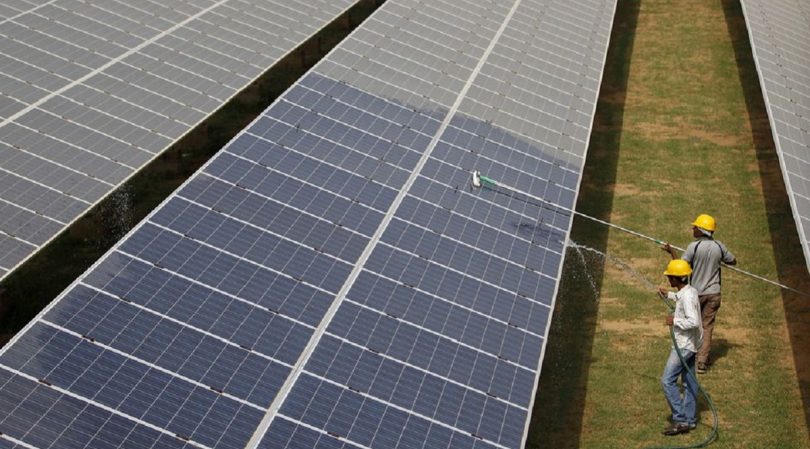[ad_1]
The Union Cabinet today approved provisions for Narendra Modi government’s ambitious National Green Hydrogen Mission for Rs 19,774 crore. The government plans to use the allocation for a special PLI scheme to set up a manufacturing base for electrolysers and other green hydrogen equipment. India has successfully given a boost to local manufacturing with the use of Production Linked Incentive schemes in sectors such as textiles, food products, high efficiency solar PV modules, etc. Union minister Anurag Thakur said today that Rs 17,490 crore from the sanctioned amount will be allocated for strategic interventions, while Rs 1,466 crore will be used to conduct pilot projects, and Rs 800 crore for R&D component.
Under this Green Hydrogen Mission, 50 lakh tonnes of green hydrogen will be produced per annum by 2030. “The Green Hydrogen Hub will be developed to bring buyers and producers under one roof,” said Anurag Thakur. Prime Minister Narendra Modi had, earlier in 2021, announced the launch of the National Hydrogen Mission during his Independence Day speech. This was aimed to provide direct incentives for green hydrogen manufacturing and generating hydrogen from green power sources. And towards developing India as a global hub for manufacturing of hydrogen.
Meanwhile, Shubhranshu Patnaik, Energy, Resources and Industrials Partner, Deloitte India, said that the announcement positions India ‘amongst the top 3 attractive nations globally for green hydrogen demand and production’. “What will be required alongside this ambitious mission is to create adequate demand by transiting hard-to-abate user industries through incentives and obligations towards green hydrogen,” he added.
According to a report by TERI, Hydrogen demand could increase by at least 5-fold by 2050, continuing to grow in the second half of the century. Demand for hydrogen today is at around 6 million Tons (MT) per annum, coming solely from industry sectors, such as fertilizers and refineries. This can increase to around 28 MT by 2050, driven by cost reductions in key technologies, as well as the growing imperative to decarbonize the energy system. Hydrogen will play a role in the transport sector in heavy-duty and long-distance segments, and a minor role in the power sector as a long-term storage vector. Beyond 2050, we can expect demand for green hydrogen to continue to grow, particularly in the steel and road transport sectors, as well as in shipping and aviation, the report further stated.
[ad_2]
Source link








